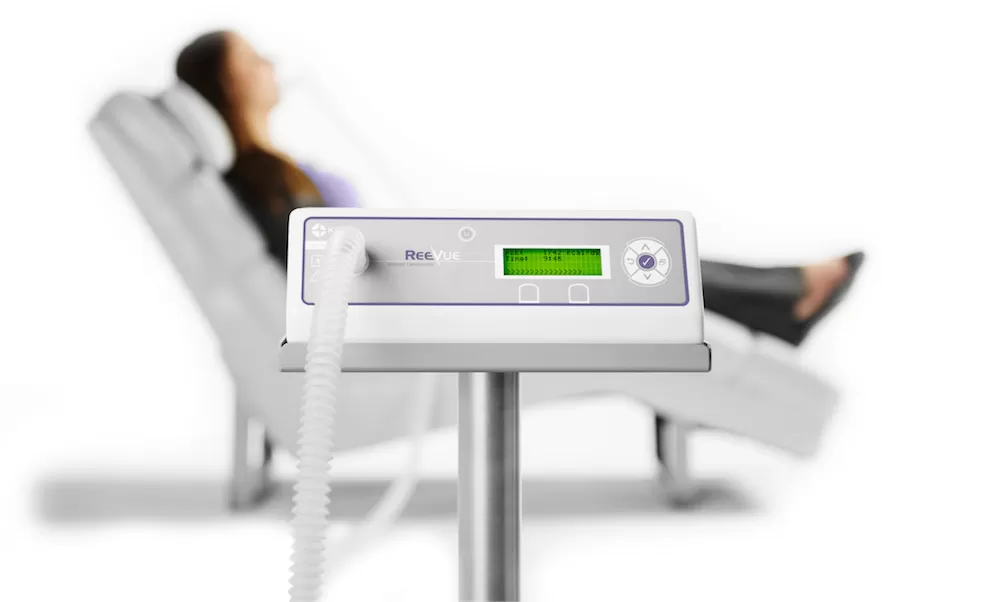Embarking on a fitness journey often involves meticulous attention to diet and exercise, but understanding your Resting Metabolic Rate (RMR)—the rate at which your body burns calories while at rest—can significantly enhance your strategy. This blog explores the accuracy of RMR testing and how it can impact your health and fitness goals.
Achieve your goals faster with metabolic testing for weight loss!

Decoding Resting Metabolic Rate: What is RMR?
RMR is crucial in determining your daily caloric needs. It measures the calories your body requires to maintain vital functions like breathing and maintaining body temperature when at rest. Knowing your RMR can help tailor your diet and exercise plans to optimize health and weight management.
Methods of Measuring RMR: Accuracy and Techniques
RMR can be measured through several methods, but two are most commonly used:
- Indirect Calorimetry: Often considered the gold standard for RMR measurement, this method uses a metabolic cart to analyze oxygen consumption and carbon dioxide production, providing a direct measurement of metabolic rate.
- Bioelectrical Impedance Analysis (BIA): This quicker, more affordable method estimates RMR based on body composition measurements obtained by passing a low-level electrical current through the body. However, BIA is generally less accurate than indirect calorimetry.
Factors Affecting the Accuracy of RMR Tests
The precision of an RMR test can be influenced by several factors:
- Test Conditions: Accurate results require controlled conditions—quiet, temperature-regulated environments, ideally after fasting and without recent strenuous exercise.
- Preparation Compliance: Adherence to pre-test guidelines such as fasting, avoiding caffeine, and not smoking is crucial for reliable results.
- Equipment Calibration: Regular calibration of testing equipment, especially metabolic carts, is essential for accurate measurements.
Reliability of RMR Testing Methods
- Indirect Calorimetry: Provides highly reliable and accurate measurements by directly assessing respiratory gases.
- BIA: Though convenient, it has a higher error margin and should be used more for preliminary assessments rather than precise measurements.
Interpreting and Utilizing RMR Results
Understanding your RMR allows you to:
- Calculate Total Daily Energy Expenditure (TDEE): By combining RMR with your activity level, you can determine how many calories you burn each day, helping to tailor your calorie intake for weight management.
- Design Effective Diet Plans: Knowing your RMR helps in creating a calorie deficit or surplus, depending on your weight goals.
- Customize Exercise Programs: Insight into your RMR can help optimize your workout regimen to boost muscle mass and, consequently, your RMR.
RMR’s Role in Personalized Health Plans
Accurate RMR measurement is invaluable in developing personalized health and fitness strategies. It ensures that calorie targets are realistic and that diet and exercise plans are sustainable and effective.
Ensuring Accurate RMR Test Results
To maximize the accuracy of your RMR test results:
- Select a reputable testing facility that uses well-maintained and calibrated equipment.
- Strictly adhere to pre-test instructions to mitigate factors that could skew results.
- Discuss any medications with the tester as they could affect your metabolic rate.
- Remain still and relaxed during testing to ensure precise readings.
RMR testing, while not flawless, is a critical tool for anyone serious about understanding their body’s unique metabolic needs. With accurate RMR data, individuals can more effectively tailor their health and fitness routines to achieve better, more sustainable results.